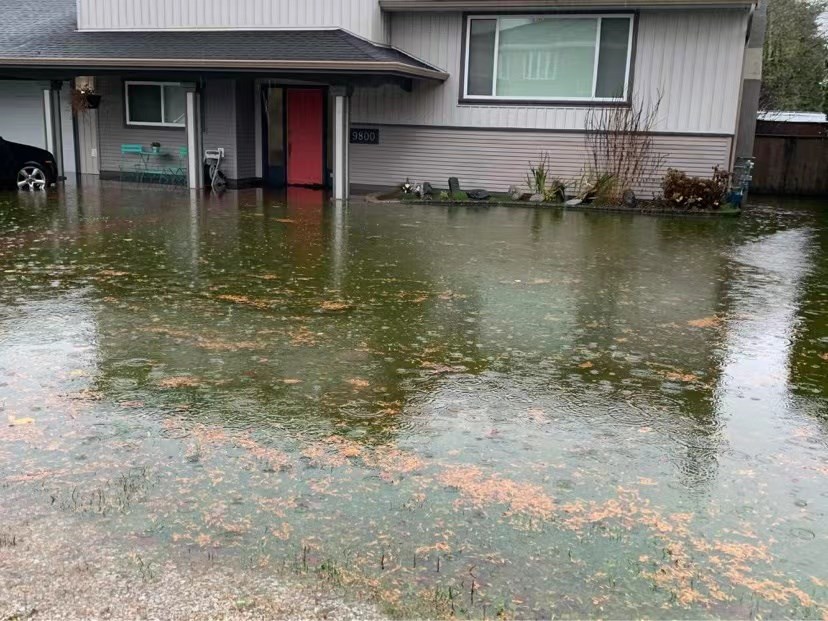All in all, Richmond got off fairly easy — and that was with homes flooded in the Hamilton and the Shellmont areas, traffic snarls due to flooding on Highway 99 and Westminster Highway, a sink hole on Blundell Avenue a massive tree downed near South Arm Community Centre and power outages all over the place.
As I say, we got off easy.
What we didn’t have was mud, rocks and trees raining down, leaving us trapped in our cars overnight, as was the case on Highway 7 near Agassiz, dykes breached and water system contaminated, as they still have in Merritt and Princeton, or whole communities underwater as is the case around Abbotsford.
So, yes, lucky us.
Unfortunately, we don’t have the luxury of sitting back and feeling sorry for others because who knows where and when the next blast will hit. What we do know, or should know by now, is that it’s coming.
Mother Nature is not letting up.
For a quick tally, in less than five months and in just our little corner of the world, we’ve seen a heat dome with the highest temperatures at this latitude in recorded history, resulting in 600 deaths and basically the incineration of the whole town of Lytton.
Come July and August, we saw the third worst fire season on record, displacing thousands of people and damaging huge swaths of land.
In October, we saw a “weather bomb” that resulted in what meteorologists described as the deepest low-pressure system ever recorded for Pacific Northwest.
In the first week of November, it was an “ultra rare” tornado, as the weather network described it, near the airport.
Here we are now in the third week of November, with an “atmospheric river.”
(You gotta hand it to those weather geeks. They come up with some colourful names.)
Anyway, the result of said “river” was our rainfall in a 48-hour period was as high as it’s ever been since 1948. At that time, 73 years ago, Richmond saw a dousing which is why we have dykes today.
In other words, it’s rather understandable if we’re all feeling a little unsettled.
Meanwhile, back at the UN Climate Change conference COP26 in Glasgow (which happened sometime between the weather bomb and the tornado) world leaders failed to make any significant progress on commitments to reduce the carbon emissions that are warming the planet and increasing the frequency of these extreme weather conditions.
It could all get rather depressing, but let’s not go there.
Also at the conference were innovative ideas around carbon capture, for example. And let’s not forget about the thousands of extremely committed folks who are not waiting for our so-called leaders to lead us towards a more livable planet than the one we’re heading for right now.
What’s clear is this problem needs to be tackled at so many levels.
Earlier this week the MLA for the riding that includes Agassiz was talking about preparedness, saying more could have been done by the province to warn people not to travel while an “atmospheric river” was flowing through the neighbourhood.
Others talked about preparing yourself with extra blankets and water while travelling. (Note to self: throw an old sleeping bag into the back of the car.)
Meanwhile, municipalities need to prepare with adequate infrastructure and planning. But perhaps the plan we most need is one that connects the dots, one that shows how paving your front yard increases the chance of flooding, how densifying without adequate tree canopy will end up frying us.
In other words, a plan that has us all rowing in the same direction because this isn’t going to be the last “river” to come crashing our way.



